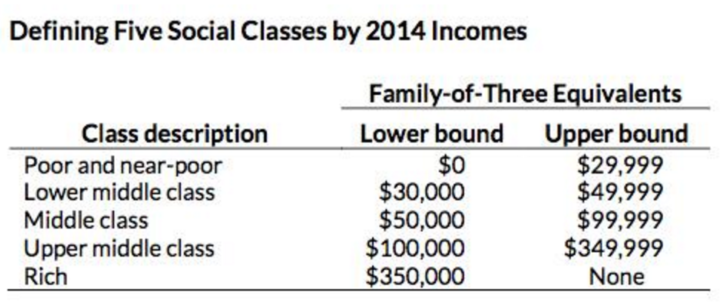
These classifications reflect the best available GNI figures for 2021, which may be revised as countries publish improved final estimates. The classification tables include World Bank member countries, along with all other economies with populations greater than 30,000. The country and lending groups page provides a complete list of economies classified by income, region, and World Bank lending status and includes links to prior years’ classifications. It is to be noted that Venezuela, classified as an upper-middle income country until FY21, has been unclassified since then due to the unavailability of data.ĭetailed information on how the World Bank classifies countries is available here. While a rebound in the price of copper boosted Zambia’s GDP in 2021, a sharp deterioration in exchange rates led to a large decrease in Atlas GNI per capita expressed in US dollars, reclassifying the country to the low-income group. While Palau has been a high-income country since FY18, it will now move to the upper-middle-income group. Tourism and related industries have been severely impacted by the pandemic, and trade flows were disrupted. Palau’s economy has experienced a downward trend since 2016. Therefore, Lebanon, an upper-middle-income country for almost 25 years, now moves to the lower-middle income group. In 2021, both experienced a strong rebound, bringing them back to the high-income group.įor the eleventh consecutive year, Lebanon’s real GDP per capita fell in 2021, and the country also experienced sharp exchange rate depreciation. The economies of Panama and Romania were each also impacted by the COVID-19 pandemic in 2020 and moved to the upper-middle-income group. In 2021, economic growth rebounded, led by tourist-related activities and investments, bringing Belize back to its prior classification as an upper-middle-income country. The economy of Belize was severely affected by the COVID-19 pandemic in 2020 and moved to the lower-middle-income group. The tables below list the economies moving to a different classification group this year.Įconomies moving to a higher income group The new thresholds for Atlas GNI per capita are as follows: Changes to classification thresholds: To keep income classification thresholds fixed in real terms, they are adjusted annually for inflation using the Special Drawing Rights (SDR) deflator, a weighted average of the GDP deflators of China, Japan, the United Kingdom, the United States, and the Euro Area.Updated data on Atlas GNI per capita for 2021 can be accessed here. Revisions to improve national accounts estimates and methods can also have an impact.


Changes to Atlas GNI per capita: In each country, factors such as economic growth, inflation, exchange rates, and population growth influence the level of Atlas GNI per capita.GNI measures are expressed in United States dollars (USD), and are determined using conversion factors derived according to the Atlas method.Ĭlassifications can change for two reasons: The classifications are updated each year on July 1 and are based on the GNI per capita of the previous year (2021). The World Bank assigns the world’s economies to four income groups-low, lower-middle, upper-middle, and high income.


 0 kommentar(er)
0 kommentar(er)
